One of Hollywood’s favourite science fiction plots is that of a massive asteroid or comet headed straight for our planet, a threat to our civilization if not to all life on Earth. The recent movie ‘Don’t Look Up’ (See my Post of 5 January 2022) is just one of many such productions. Of course one reason that the plot is popular is that the threat is actually very real; 66 million years ago the dinosaurs were driven to extinction by a space rock some 10 kilometers in diameter colliding with the Earth.

While 66 million years may seem like a long time scientists are now coming to realize that collisions with smaller asteroids are fairly common, and can still be quite destructive. Archaeologists now have evidence that it may have been an asteroid strike that gave birth to the legend of Sodom and Gomorrah (see my post of 6 October 2021) while the demise of the mound builder culture here in North America has also be linked to an asteroid. So the possibility of a large space rock coming down in the middle of a densely populated area and causing a tremendous amount of destruction is very real.

Before the space age there was really very little that humanity, or indeed any of Earth’s species, could do to protect themselves from an asteroid strike. The dinosaurs certainly had no idea an asteroid was taking aim at them and they surely all died having no idea what it was that was killing them.
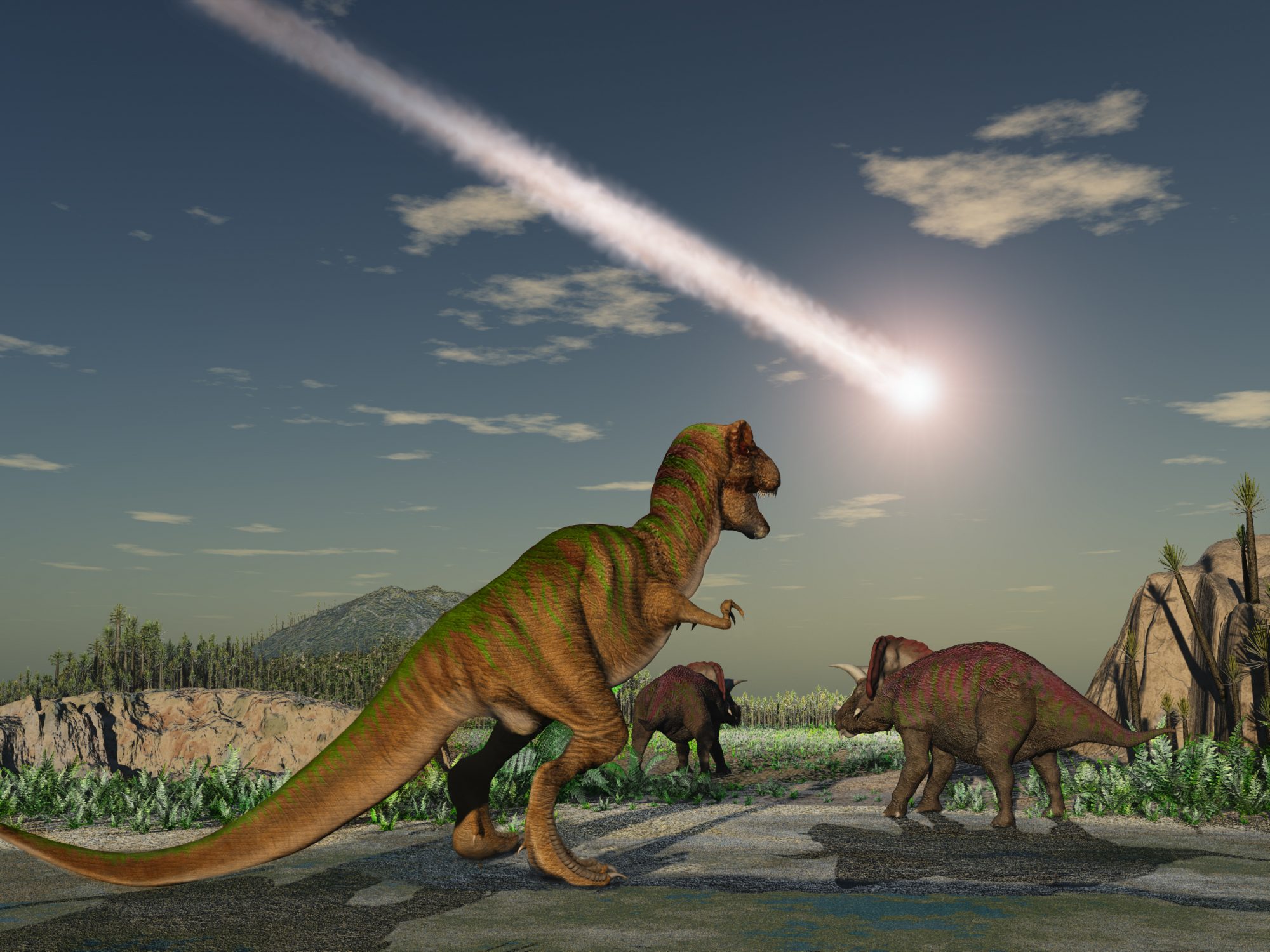
We can do something to protect ourselves however, we have the technology. Our successes in space have given us the ability to not only see a potentially dangerous asteroid before it strikes, hopefully years before it strikes, but we can even send a spacecraft to that asteroid in a effort to prevent that strike from ever happening.
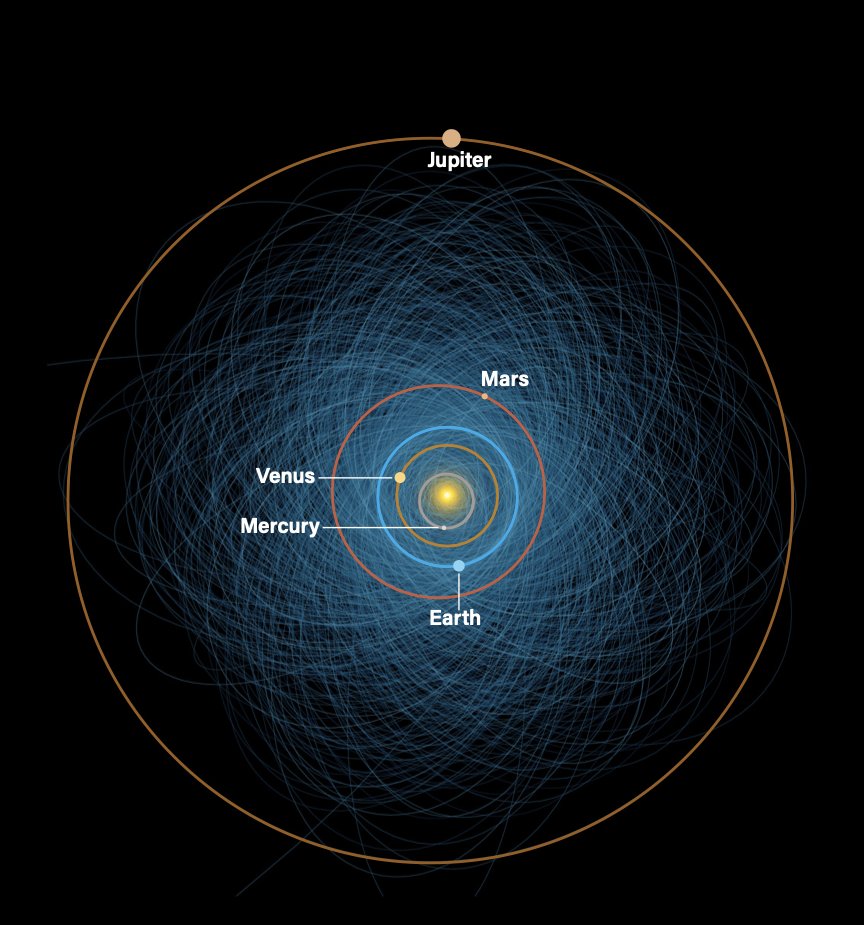
So the question becomes, what is the best way to stop an asteroid that’s headed straight at our planet. Well Hollywood producers certainly knows how they’d do it, nuke the bloody thing. Trouble is that blowing up an asteroid doesn’t completely solve the problem, it could even make the things worse. After all when you blow up something there are still a lot of pieces of it left. So blowing up an asteroid headed for Earth just means you now have a lot of smaller asteroids headed for Earth.
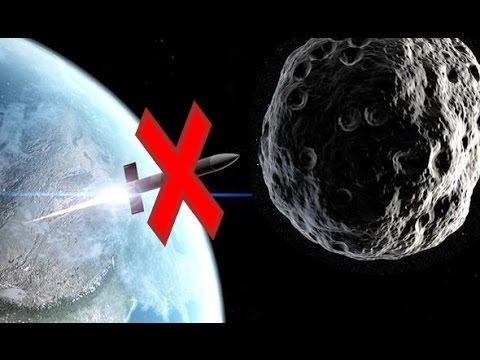
NASA’s plan for dealing with a potentially dangerous asteroid is far more gentle. For one thing the space agency has organized and funded dozens of astronomers to search for any ‘Earth Crossing Asteroids’ that could become a danger in the years to come. They have found several thousand but so far fortunately none of them will strike our planet within the next fifty or so years. What NASA hopes is that, when a dangerous asteroid is finally found we will have years if not decades of warning. That will be enough time to deal with any dangerous asteroid more efficiently, more effectively and even more cheaply.

The idea is to simply nudge the asteroid, not much, just a little. Given enough time, let’s say exactly one year, a change of just one meter per second in the velocity of an asteroid that is headed straight for Earth is all that is needed to cause that asteroid to miss our planet by more than 30,000 kilometers, a fair safety margin. That’s all, just one meter per second to save the Earth, if done early enough.

But can an asteroid be nudged? Are they solid enough bodies to be gently pushed, or are they just piles of rubble that might break up from even a nudge? Will slamming a projectile into the asteroid work or will we have to spread our push out in order to keep the asteroid in one piece?
Those are some of the questions that NASA’s Double Asteroid Redirection Test (DART) was designed to find out. Launched on the 23 of November in 2021 the Dart spacecraft was targeted at a system of two asteroids, the larger asteroid is named Didymos and is about 780 meters in diameter. Didymos is orbited by a smaller asteroid named Dimorphos, which is roughly 160 meters in diameter.

The plan was for the DART spacecraft to slam into the smaller asteroid Dimorphos at approximately 6 kilometers per second (kps) after which astronomers will measure the change in Dimorphos’ orbit around Didymos. You see the reason for choosing the smaller in a two asteroid system as a target is that it has always been easier for astronomers to measure the time an astronomical event takes compared to the distance to an astronomical object.

Think about it, how would you, all by yourself measure the distance to the Moon? But, with only a little effort you could measure the time it takes to go from full Moon to full Moon, at least approximately. Ancient astronomers actually knew pretty accurately the time it took the various planets to orbit the Sun before they knew that the planets really orbited the Sun not the Earth.
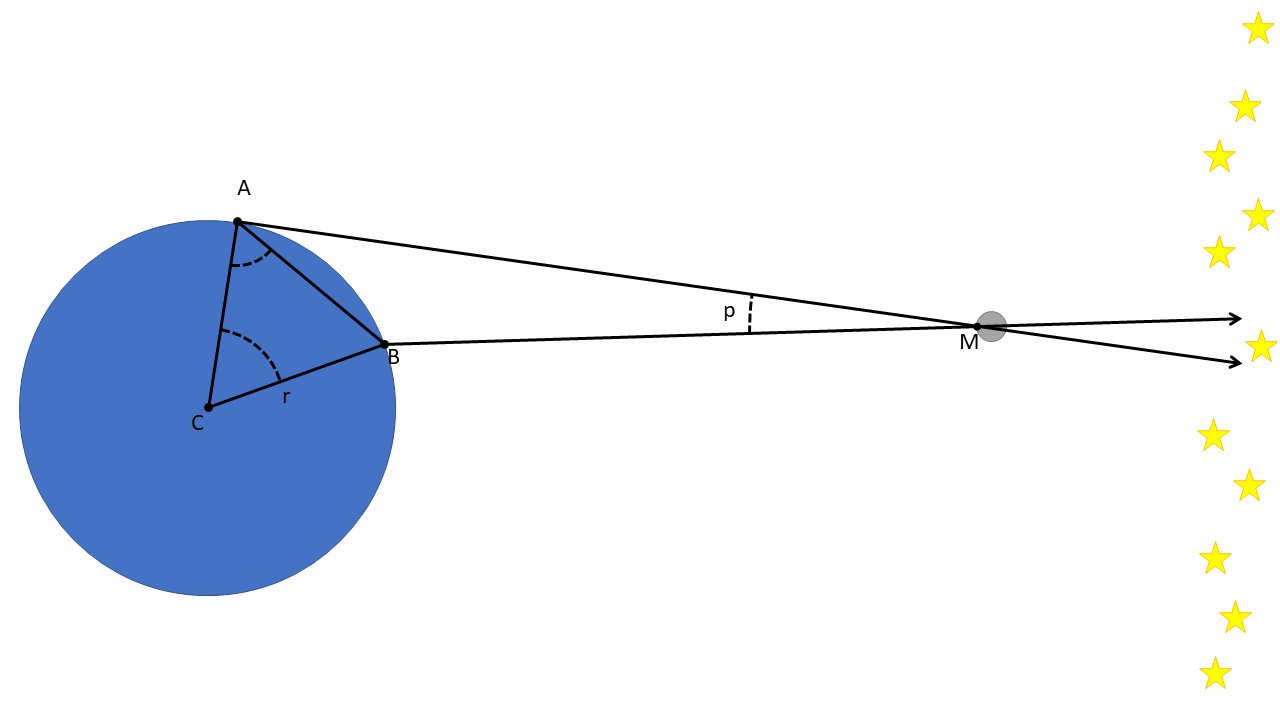
Before DART reached Dimorphos astronomers had measured the orbital period of that asteroid around Didymos at 11 hours and 55 minutes. It is expected that the collision with DART will reduce that orbital period to about 11 hours and 45 minutes but again astronomers can take their time and get a very precise measurement of that change. Then, using the well-known laws of orbital dynamics, they’ll be able to calculate exactly how much they’ve succeeded in changing the velocity of Dimorphos.
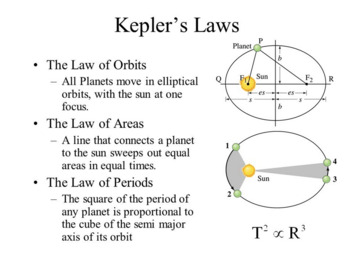
The DART spacecraft got only one chance at hitting Dimorphos however, if it missed the probe and the asteroid would fly past each other at 6 kps never to meet again. So as you can imagine the atmosphere at the Applied Physics Labouratory of Johns Hopkins University was pretty tense as DART drew ever closer to its target. All the apprehension was unnecessary however for the spacecraft’s autonomous control computer behaved flawlessly. At 07:14 PM on the night of the 26th of September DART smashed into Dimorphos less than 17 meters from the asteroid’s center, a bull’s eye at 10 million kilometers.
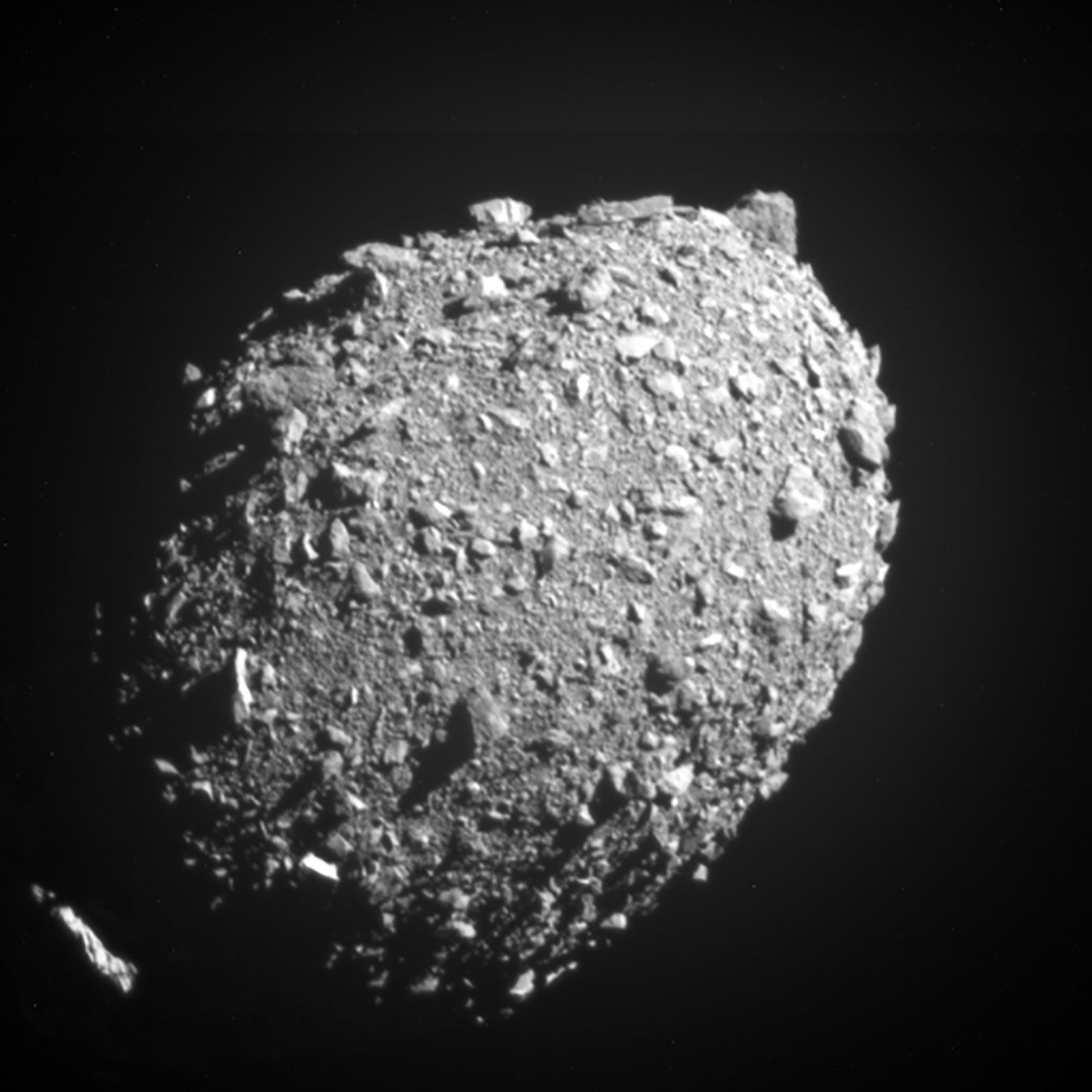
And DART was taking pictures the whole way in, sending back dramatic images of Dimorphos as the asteroid appeared to grow larger and larger. Not only that but the day before the collision DART had released an smaller Italian cube satellite whose job it was to take pictures of the collision from a few kilometers away. Finally there were several telescopes back here on Earth that also got in the act, taking images of the collision from 10 million kilometers distance.

So all of the hardware worked, DART smashed right into Dimorphos exactly as planned and NASA got plenty of pictures. In the weeks to come astronomers here on Earth will determine exactly how much the asteroid’s trajectory has changed. Then we’ll know whether or not humanity has at least the beginnings, a breadboard model of a technology that could save us from going extinct the way the dinosaurs did.
